Tick borne diseases expert
Lyme disease and co-infections
As someone who has been affected by Lyme disease and co-infections, Monique has gained masses of experience and expert knowledge about the effects it can have on life and how to best treat this debilitating and challenging illness.
Lyme disease is the most prevalent vector-borne disease and is widespread all around the world. Ticks have no limits and do not discriminate, affecting people worldwide.
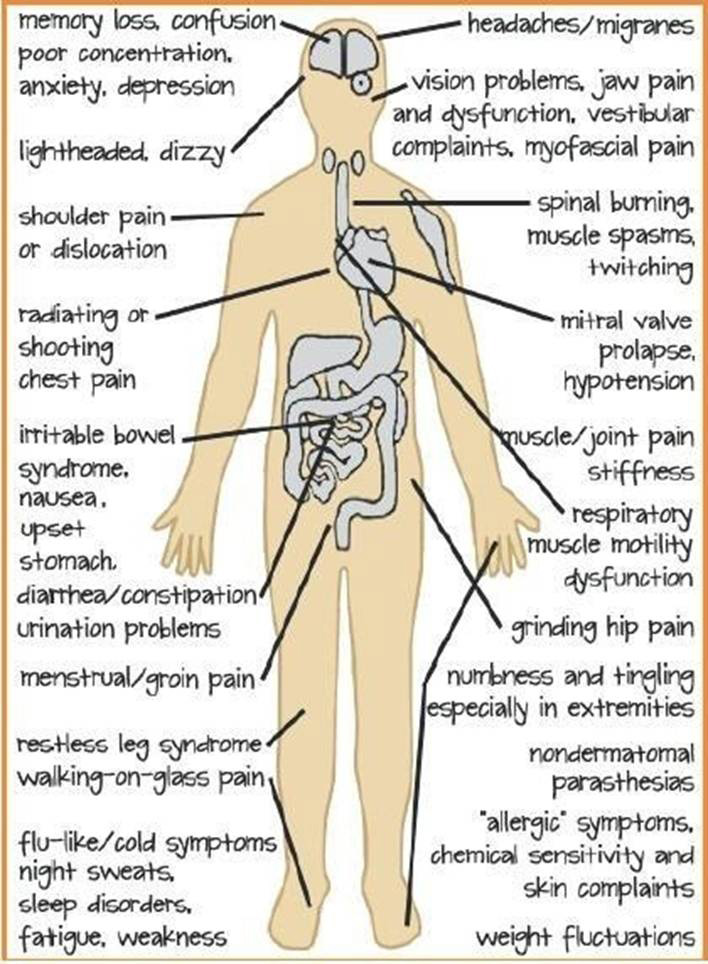
What is Lyme disease
Lyme disease is a very complex, serious and difficult to diagnose illness. It is a tick-born illness with over 150 symptoms and is known as “The Great Imitator” as it can affect any organ in the body usually involving multiple systems.
The following could be considered as possible Lyme, and can include but are not limited to:
Chronic Fatigue Syndrome, Fibromyalgia, ME, Meningitis, MS, ALS (Amyotrophic Lateral Sclerosis – motor neuron disease), Alzheimer’s, Autism, ADHD, Parkinson’s and Dystonia. It can also mirror any neurological, cardiac, psychiatric, and arthritic multisystem disorder.
If Lyme is left untreated, it could progress into long-term disabilities.
Lyme disease can also lie dormant in your body for a prolonged period of time, and will invade when your immune system is compromised.
There are three stages of Lyme disease: Early localised, early disseminated, and late persistent.
Ticks and transmission
Deer, birds, mammals, and rodents can all be tick carriers of and transmit Lyme.
Animal studies indicate that transmissions can take place in under 24 hours.
Live spirochetes have also been found in fleas, mites, lice, mosquitoes, and biting flies and insects. It is also believed that after infecting another host, if a tick is carrying the bacteria in its salivary gland as opposed to its mid-gut, bacteria could be directly transmitted.
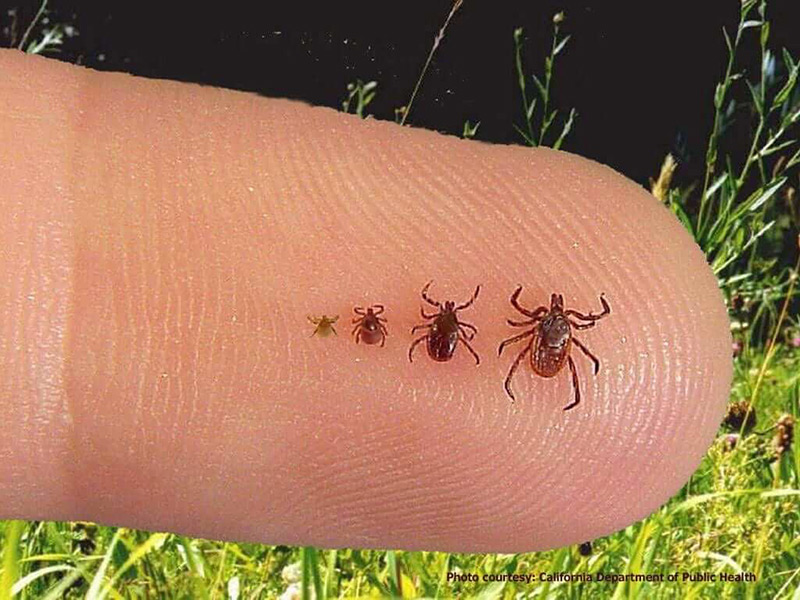
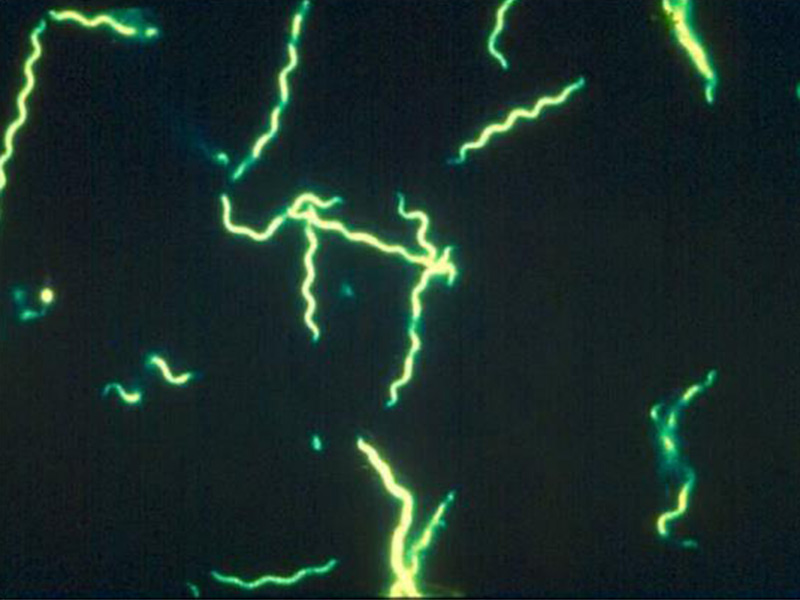
Spirochetes and Borrelia
Lyme disease is caused by a spirochete, a spiral shaped bacterium known as Borrelia. There are a number of different types of Borrelia that are identified as the cause of Lyme borreliosis.
Borrelia burgdorferi
This is one of the most complex bacterium known to science. There are 5 subspecies, more than 100 strains in the US, and 300 strains worldwide. Borrelia burgdorferi takes different forms to evade the immune system and antibiotics.
The forms are the spiral shape (spirochete) that has a cell wall, the cell-wall-deficient form, and the cyst form. Biofilms can also form around spirochetes.
Testing
Unfortunately, conventional Lyme disease testing is unreliable. However, there are various highly recommended independent labs that can detect tick-borne diseases. Even so, sometimes blood work results can be negative which does NOT mean that you do not have Lyme disease. That is why Lyme is also a clinical diagnosis.
Under reported
Due to the lack of sufficient or accurate testing Lyme is extremely under-reported. It is estimated that there are 427,000 new cases and rising of Lyme Disease each year. Less than 50 to 75% of people with Lyme recall a tick bite, or develop a rash. While the bull’s eye rash is associated with Lyme, uncharacteristic rash forms are much more common.

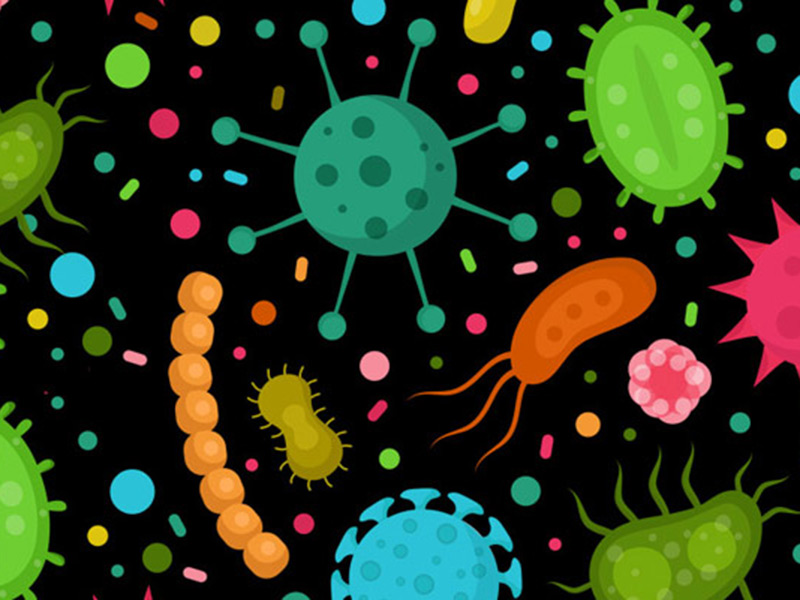
Co-infections
Sometimes a bigger issue than Lyme, is the co-infections. Bartonella, Babesia, and Erlichiosis, are the most common. Treatment becomes more complicated when co-infections are involved. If co-infections are left untreated, symptoms can escalate into serious health threats, and patients can become increasingly ill.
Common Co-infections and Secondary Infections
Babesiosis, Bartonella, Candida, Colorado Tick Fever, Ehrlichiosis, Human Parasites, Mycoplasma, Powassan Encephalitis, Protomyxzoa Rheumatica, Q Fever, Relapsing Fever, Rickettsia, Rocky Mountain Spotted Fever and Tularemia.
Biofilms
The Lyme spirochete is known as the most complex bacteria. Current findings confirm that it forms biofilms in order to hide from our immune system.
Lyme Disease biofilms are organic material in the body that builds itself around bacteria, protecting it from various environmental stresses and from becoming eradicated. They are composed of calcium, magnesium, iron, mercury, lead, copper, and other trace metals.
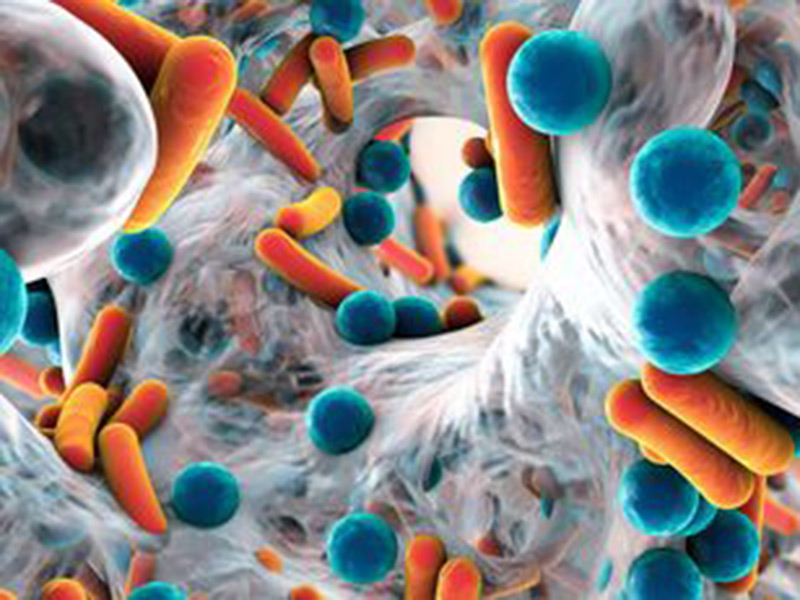

Treatment
I can help you! Under Monique’s expert knowledge and guidance, you will receive an in-depth consultation to establish your individual circumstances, symptoms, issues and needs, as well as follow-up consultations to monitor and support you with your whole health journey.
You will be guided and recommended appropriate testing, dietary and lifestyle changes, other resources, naturopathic techniques and protocols to take at your own pace.
